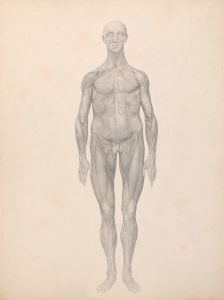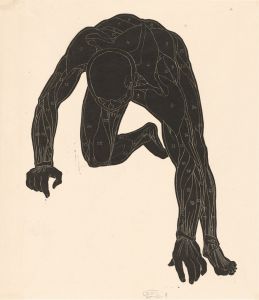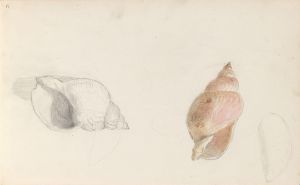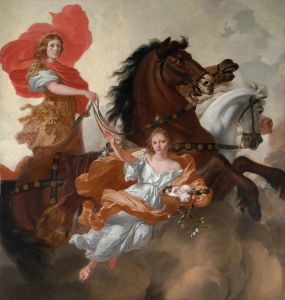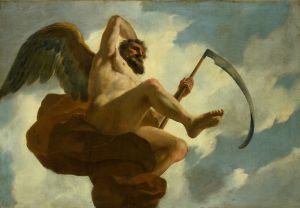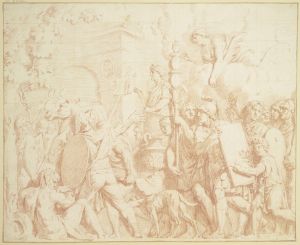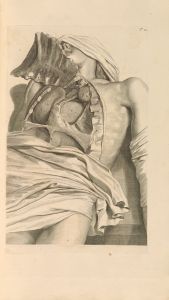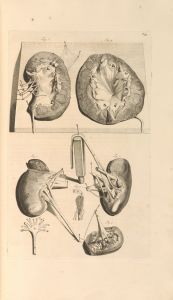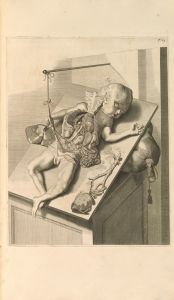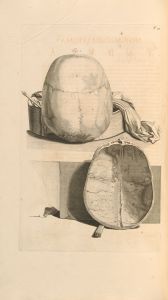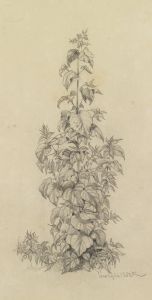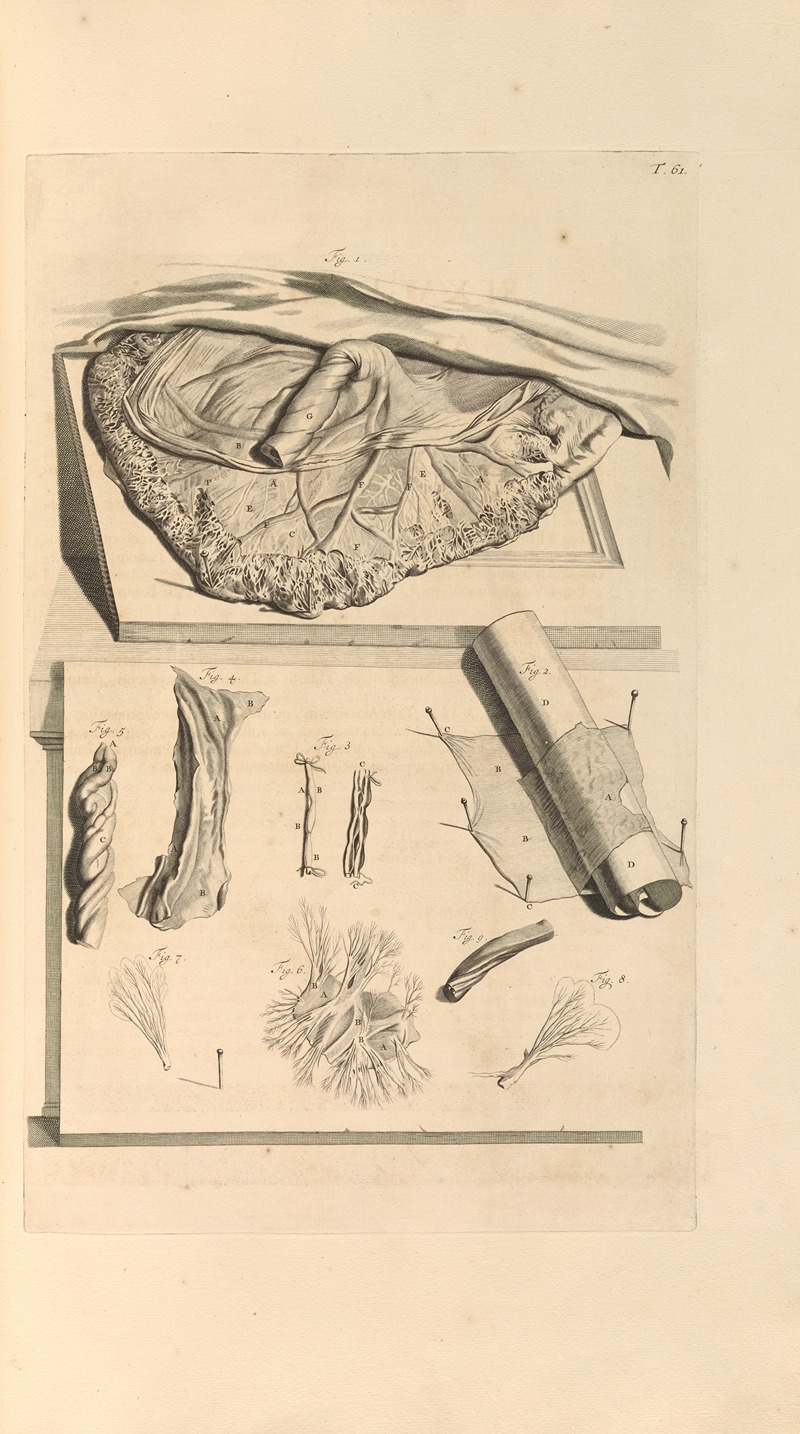
Anatomia humani corporis Pl.062
A hand-painted replica of Gerard de Lairesse’s masterpiece Anatomia humani corporis Pl.062, meticulously crafted by professional artists to capture the true essence of the original. Each piece is created with museum-quality canvas and rare mineral pigments, carefully painted by experienced artists with delicate brushstrokes and rich, layered colors to perfectly recreate the texture of the original artwork. Unlike machine-printed reproductions, this hand-painted version brings the painting to life, infused with the artist’s emotions and skill in every stroke. Whether for personal collection or home decoration, it instantly elevates the artistic atmosphere of any space.
Gerard de Lairesse (1640–1711) was a Dutch Golden Age painter and etcher, known for his classical and Baroque style. He was also a theorist of art, whose writings influenced the development of 18th-century aesthetics. Among his notable contributions to art and science is his work on anatomical illustrations, particularly his collaboration with the Dutch anatomist Govard Bidloo.
The artwork "Anatomia humani corporis Pl.062" is one of the plates from the anatomical atlas Anatomia Humani Corporis (1685), a groundbreaking publication authored by Govard Bidloo. This atlas contains 105 detailed anatomical plates, all illustrated by Gerard de Lairesse. The work was commissioned to provide an accurate and artistic representation of the human body for medical and educational purposes. It is considered one of the most significant anatomical atlases of its time.
The illustrations in Anatomia Humani Corporis are notable for their combination of scientific precision and artistic composition. Plate 62 (Pl.062) specifically depicts a detailed anatomical dissection, focusing on a particular region of the human body. Like the other plates in the atlas, it reflects de Lairesse's skill in rendering complex anatomical structures with clarity and aesthetic sensitivity. The figures in the atlas often include dramatic poses and settings, which were characteristic of de Lairesse's Baroque style and added a sense of dynamism to the scientific content.
The atlas was initially published in Amsterdam and was written in Latin, the scholarly language of the time. It was intended for use by physicians, surgeons, and medical students. Despite its artistic and scientific achievements, the atlas faced criticism for its reliance on cadavers that were sometimes depicted in theatrical or unnatural poses, which some contemporaries found distracting or inappropriate for a scientific work.
Gerard de Lairesse's involvement in this project highlights the intersection of art and science during the Dutch Golden Age. His ability to merge anatomical accuracy with artistic expression made the atlas a valuable resource for both medical professionals and art historians. Today, Anatomia Humani Corporis and its plates, including Pl.062, are studied as important historical documents that reflect the medical knowledge and artistic practices of the late 17th century.





